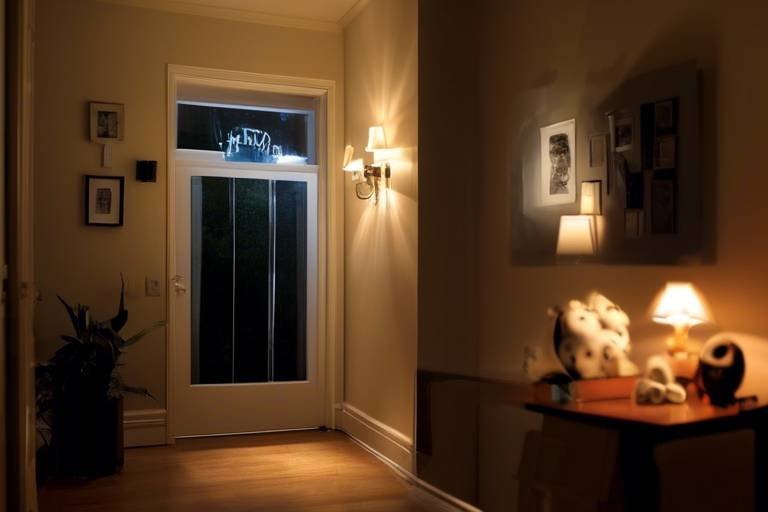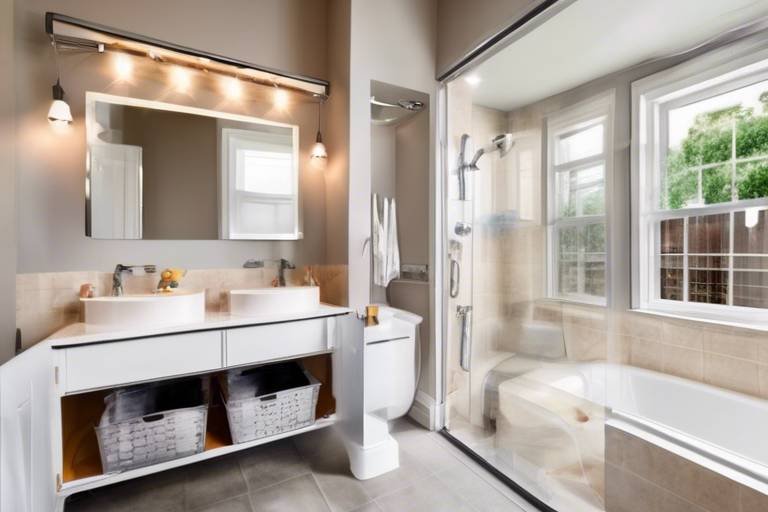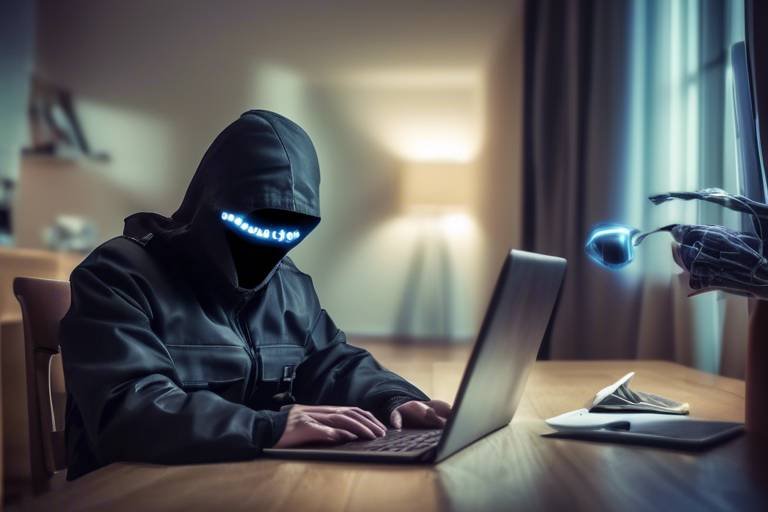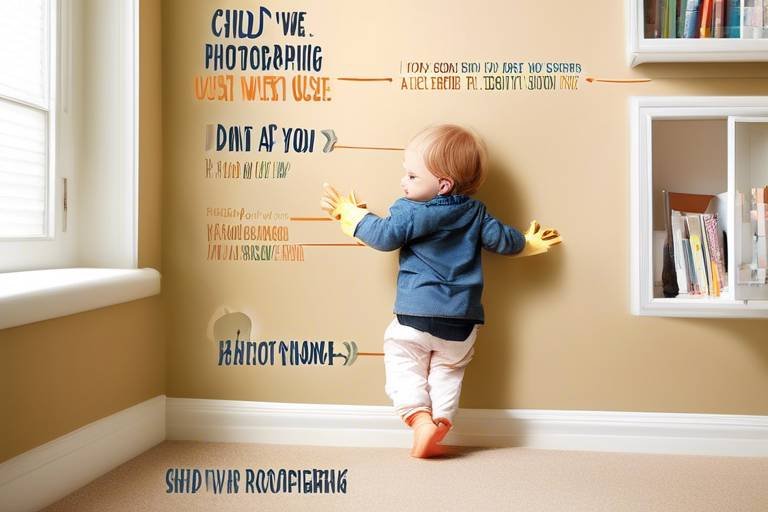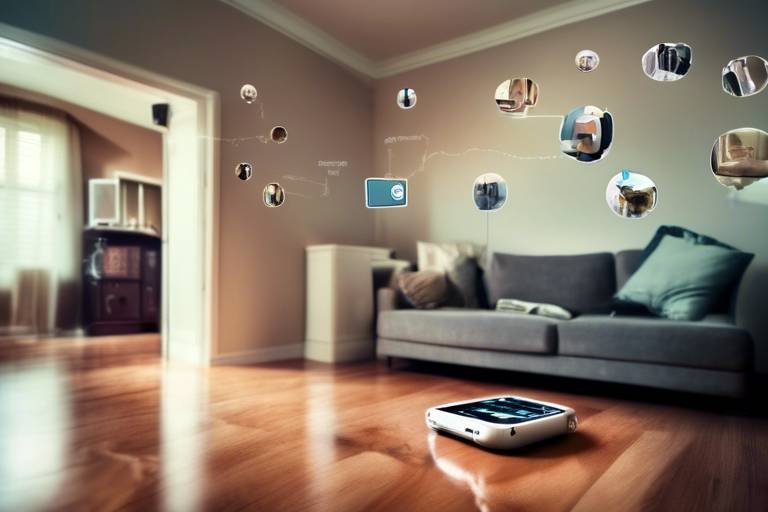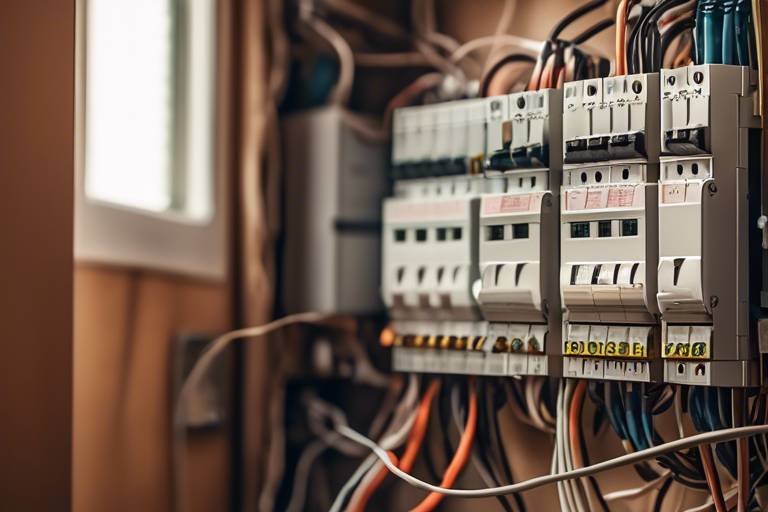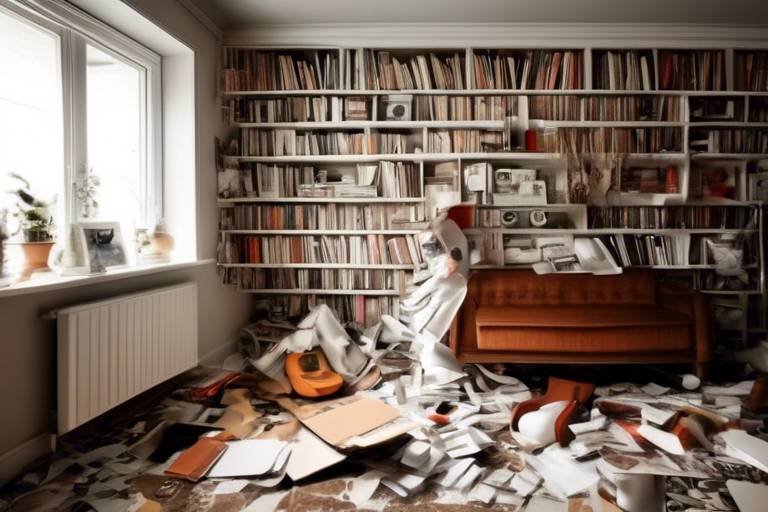Safe Practices While Using Heating Devices at Home
As the chill of winter sets in, the cozy warmth provided by heating devices becomes essential for comfort in our homes. However, with this comfort comes a responsibility to ensure safety. Heating devices, while effective in keeping us warm, can also pose significant risks if not used properly. From space heaters to electric blankets, understanding how to use these devices safely is crucial. In this article, we will delve into essential safety practices that can help prevent accidents and ensure a warm, comfortable environment during the colder months.
Heating devices come in various forms, each designed to serve a specific purpose in maintaining a comfortable indoor temperature. Common types include space heaters, which are portable units that can be moved from room to room, radiators, which are often fixed installations that use hot water or steam to generate heat, and electric blankets, which provide direct warmth while you sleep. While these devices are incredibly useful, they also carry potential hazards, such as fire risks, electrical failures, and overheating. Understanding the features and limitations of each type of heating device is the first step toward safe usage.
Proper installation of heating devices is crucial for safety. Whether you're setting up a new space heater or connecting an electric blanket, following the right installation guidelines can prevent many common accidents. Here are some essential steps to consider:
- Read the Manual: Always refer to the manufacturer's instructions for installation and usage.
- Choose the Right Location: Make sure to place heating devices in well-ventilated areas, away from flammable materials.
- Use Appropriate Outlets: Ensure that the device is plugged into a suitable outlet, ideally one that is not overloaded with other appliances.
Ensuring electrical safety is vital when using heating devices. It's essential to check the wiring and ensure that all connections are secure. Overloading circuits can lead to overheating and potential fires, so be mindful of how many devices are plugged into a single outlet. If you're unsure about the electrical capacity of your home, consider consulting with an electrician to assess your setup. Remember, a little precaution can go a long way in preventing accidents.
Extension cords can be a lifesaver when it comes to powering heating devices, but they also come with risks. If you must use an extension cord, opt for a heavy-duty cord that can handle the power requirements of your heating device. Avoid using multiple extension cords in series, as this can increase the risk of overheating. Always ensure that the cord is in good condition, with no frays or damage. It's best to plug heating devices directly into the wall whenever possible.
The placement of heating devices significantly impacts safety. Here are some tips for optimal placement:
- Keep heaters at least three feet away from anything that can burn, including furniture, curtains, and bedding.
- Avoid placing heaters in high-traffic areas where they can be knocked over.
- When using electric blankets, ensure they are laid flat and not bunched up to prevent overheating.
Regular maintenance of heating devices is essential to ensure their safe and efficient operation. This includes checking for any signs of wear and tear, cleaning dust and debris from units, and ensuring that all safety features are functioning correctly. For instance, space heaters should be inspected for any damage to the power cord, while electric blankets should be washed according to the manufacturer's instructions to avoid damage. Setting a maintenance schedule can help you stay on top of these tasks and ensure that your heating devices remain in good working condition.
Being prepared for emergencies related to heating devices is crucial. It’s wise to create an emergency plan that includes what to do in case of a fire or malfunction. Having necessary supplies on hand, such as a fire extinguisher, can make a significant difference in an emergency situation. Always ensure that everyone in your household is aware of the emergency plan and knows how to react if something goes wrong.
Smoke alarms and carbon monoxide detectors are vital for safety, especially in homes using heating devices. These alarms should be installed in key areas, such as bedrooms and hallways, to provide early warning in case of a fire or gas leak. Regularly check that these devices are functioning correctly, and change the batteries at least once a year. Remember, a working alarm can be the difference between safety and tragedy.
Recognizing warning signs of potential hazards is essential. Be alert for any unusual smells, sounds, or behaviors from your heating devices. If a heater is emitting a strange odor, making odd noises, or if you notice excessive heat coming from it, these could be indicators that something is wrong. Address these issues immediately—don't wait for a problem to escalate. Your safety is paramount, so trust your instincts and take action when needed.
Q: How often should I check my heating devices?
A: It's recommended to check your heating devices at least once a month during the colder months and perform a thorough inspection before the heating season begins.
Q: Can I leave my space heater on overnight?
A: It's generally not safe to leave space heaters on overnight. If you need heat while you sleep, consider using a heater with an automatic shut-off feature.
Q: What should I do if my carbon monoxide detector goes off?
A: If your carbon monoxide detector alarms, evacuate the premises immediately and call emergency services. Do not re-enter until it is declared safe.
Q: How can I prevent my electric blanket from overheating?
A: Always follow the manufacturer's instructions, avoid folding or bunching the blanket, and regularly check for any signs of wear or damage.
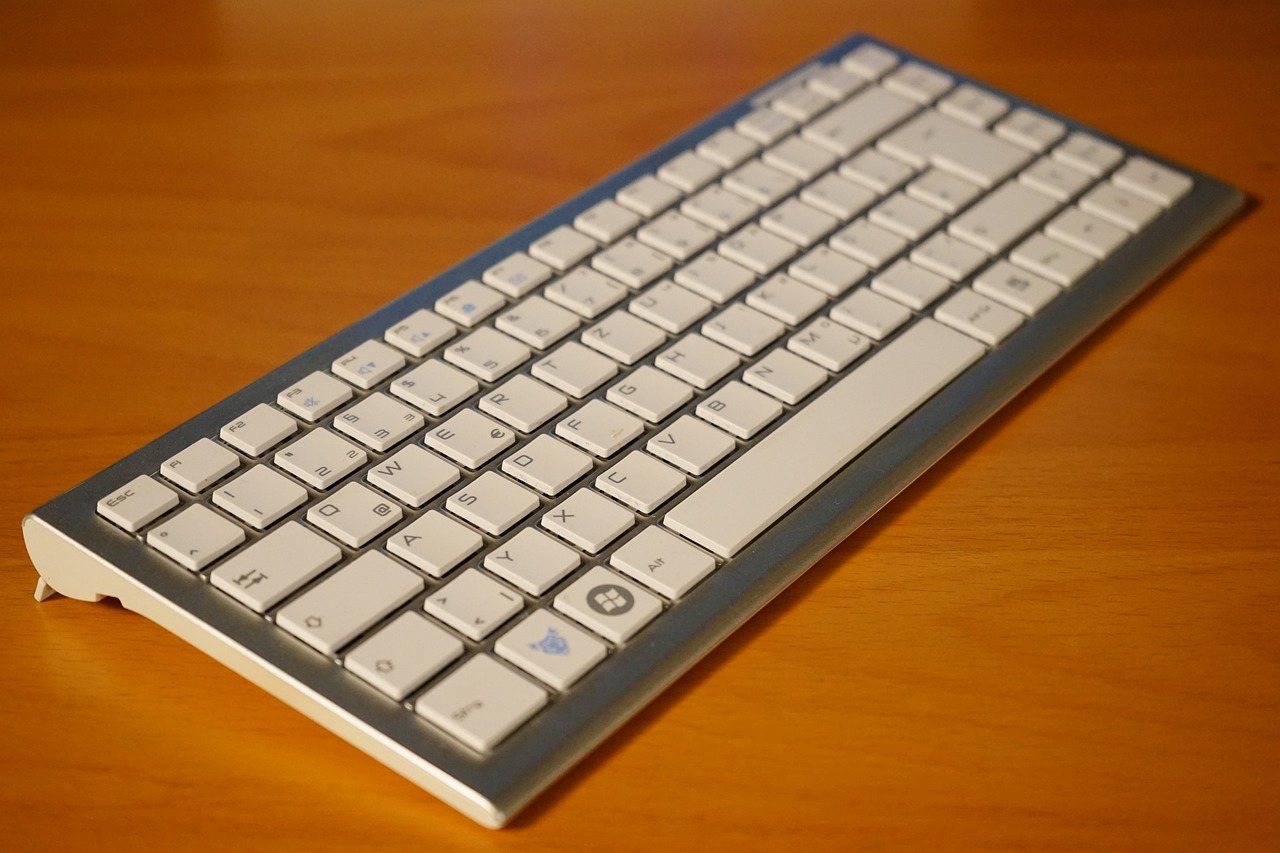
Understanding Heating Devices
When the chill of winter settles in, many of us turn to heating devices to keep our homes warm and cozy. But do you really know what types of heating devices are out there? From space heaters to radiators and electric blankets, each device has its own unique features and potential hazards that you should be aware of. Understanding these devices not only enhances your comfort but also plays a critical role in ensuring your safety at home.
Space heaters are perhaps the most popular choice for quick warmth. They are portable and can be used in various rooms, which makes them incredibly convenient. However, they can also be a source of fire hazards if not used properly. For instance, placing a space heater too close to flammable materials, such as curtains or furniture, can lead to disastrous consequences. Always remember to keep a safe distance!
Radiators, on the other hand, are often found in older homes or apartments. They work by heating water, which then warms the air in the room. While they are generally safe, it’s crucial to ensure that they are well-maintained and free from rust or leaks. A malfunctioning radiator can not only be inefficient but can also pose a risk of burns if touched.
Then we have electric blankets, which are perfect for snuggling up on a cold night. They provide warmth while you're sleeping, but they come with their own set of safety concerns. It’s essential to check for frayed wires and follow the manufacturer's instructions regarding usage. Leaving an electric blanket on for too long can lead to overheating, so always turn it off when you get out of bed.
To better understand these devices and their features, here’s a quick comparison table:
| Heating Device | Features | Potential Hazards |
|---|---|---|
| Space Heater | Portable, quick warmth | Fire risk if placed near flammable materials |
| Radiator | Heats water, efficient for larger spaces | Risk of burns or leaks if not maintained |
| Electric Blanket | Provides warmth while sleeping | Overheating, risk of fire if damaged |
In summary, understanding the different types of heating devices and their respective features and hazards is essential for maintaining a safe and warm home. Always stay vigilant and informed about how to use these devices correctly. After all, a little knowledge goes a long way in preventing accidents and ensuring a comfortable environment during those chilly months!
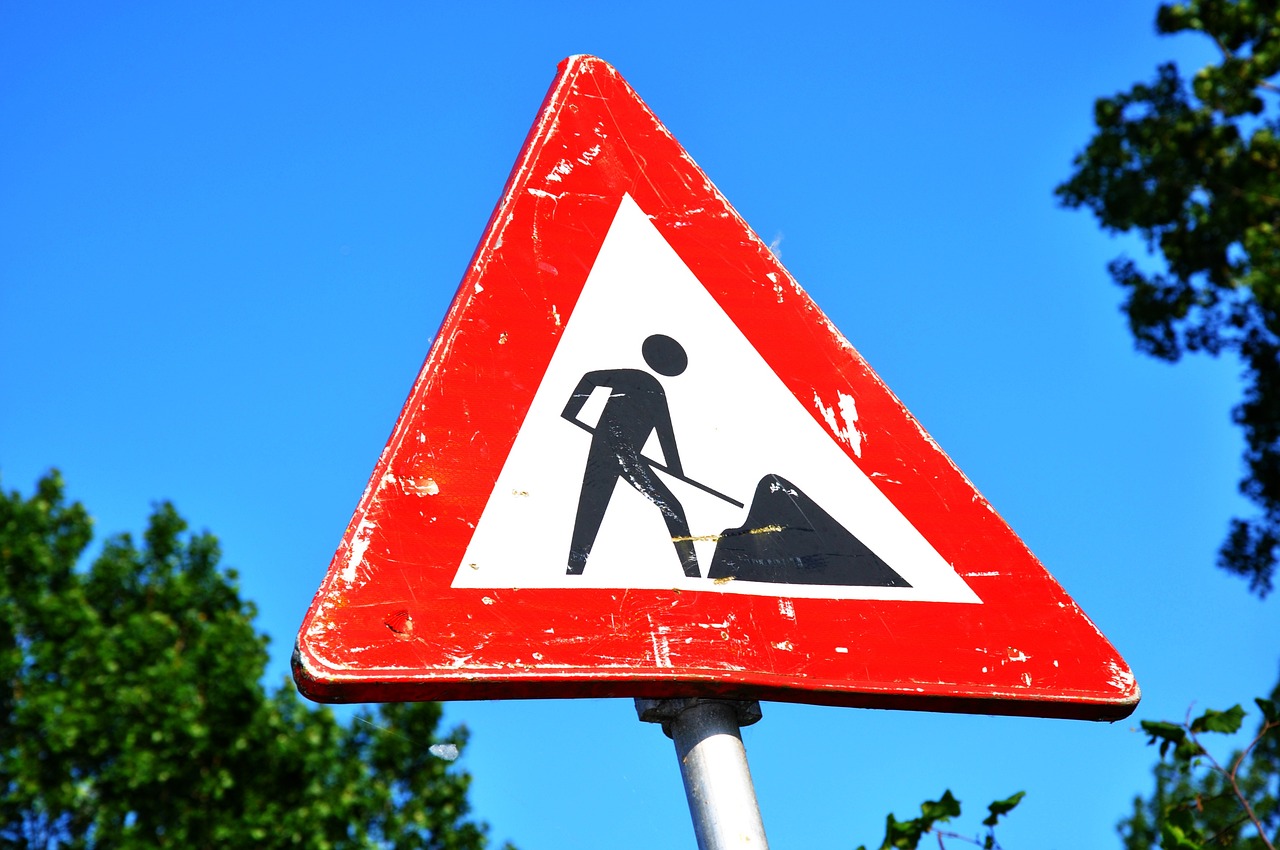
Installation Guidelines
Proper installation of heating devices is not just a matter of convenience; it's a crucial step in ensuring safety within your home. When you think about it, installing a heating device is much like setting up a new appliance: you want it to function effectively while minimizing risks. Whether you're using a space heater, radiator, or electric blanket, each device comes with its own set of installation requirements and considerations that should never be overlooked.
First and foremost, always refer to the manufacturer's instructions. These guidelines are your best friend when it comes to installation. They outline specific requirements, including the necessary clearances around the device, which can significantly reduce the risk of fire hazards. For instance, space heaters should be placed at least three feet away from anything flammable, such as curtains or furniture. This simple step can be the difference between a cozy evening and a potential disaster.
Another important aspect of installation is ensuring that the heating device is placed on a flat, stable surface. A device that wobbles or is positioned on an uneven floor can easily tip over, leading to potential accidents or fires. If you're using a radiator, make sure it has enough airflow around it to function efficiently. Blocked airflow can cause overheating, which is not only inefficient but also dangerous.
For electric blankets, it’s essential to lay them out flat without any folds or bunching. This ensures even heat distribution and prevents overheating in specific areas. Additionally, make sure to plug them directly into a wall outlet rather than using an extension cord, as this can help avoid overheating and electrical issues.
Speaking of electrical safety, let’s talk about outlets. Always use outlets that can handle the power requirements of your heating device. Overloading a circuit can lead to tripped breakers or worse, electrical fires. If you're unsure, consult an electrician to assess your home’s wiring and outlet capacity.
To put it all together, here’s a quick checklist to keep in mind when installing heating devices:
- Follow the manufacturer's installation instructions.
- Maintain a safe distance from flammable materials.
- Ensure the device is on a stable, flat surface.
- Use appropriate outlets and avoid overloading circuits.
- For electric blankets, lay them flat and avoid extension cords.
By adhering to these installation guidelines, you not only enhance the efficiency of your heating devices but also create a safer environment in your home. Remember, a little attention to detail can go a long way in preventing accidents and ensuring that you stay warm and cozy throughout those chilly months.
Q: How far should I keep my space heater from furniture?
A: It's recommended to keep space heaters at least three feet away from any furniture or flammable materials to reduce fire risks.
Q: Can I use an extension cord with my electric blanket?
A: It's best to plug electric blankets directly into a wall outlet to avoid overheating and potential fire hazards.
Q: What should I do if my heating device starts making strange noises?
A: Unplug the device immediately and inspect it for any visible issues. If the problem persists, consult a professional for further evaluation.
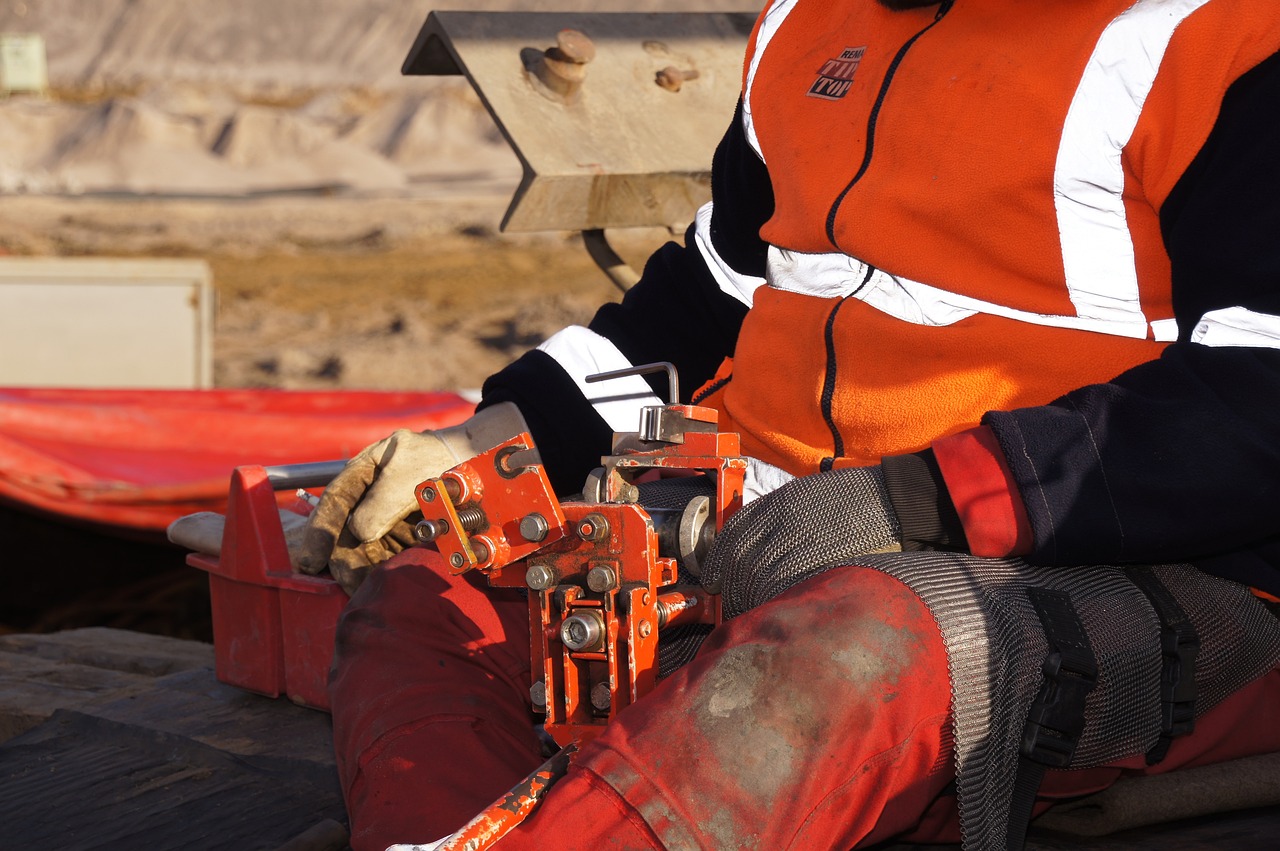
Electrical Safety
When it comes to using heating devices at home, is paramount. Imagine curling up with a warm blanket on a chilly evening, but suddenly you hear a strange buzzing sound from your heater. That’s a moment you definitely don’t want to experience! To prevent such scenarios, it’s crucial to ensure that all electrical components are in top-notch condition. First and foremost, always check the wiring of your heating devices. Look for any frayed or damaged cords that could lead to short circuits or even fires. If you notice any issues, it’s time to replace those cords before plugging them in again.
Next, let’s talk about outlet usage. It may be tempting to plug multiple devices into a single outlet, especially during those cold winter months when every bit of warmth counts. However, this can lead to overloading circuits, which is a recipe for disaster. Instead, ensure that each heating device has its own dedicated outlet. This not only reduces the risk of tripping breakers but also minimizes the chance of overheating. Remember, a little caution goes a long way in keeping your home safe and cozy!
Another critical aspect of electrical safety is the use of surge protectors. These handy devices can help prevent damage to your heating equipment from power surges. Think of them as a safety net for your electronics. By investing in high-quality surge protectors, you can shield your heating devices from unexpected voltage spikes, ensuring they operate efficiently and safely.
Moreover, it’s essential to pay attention to the amp rating of your heating devices. Each device has a specific amp requirement, and using a device with a higher amp rating than your outlet can lead to overheating. For instance, if your space heater requires 15 amps, ensure that your outlet can handle it. Always check the specifications before plugging in any device. If you’re unsure, consulting an electrician can save you from potential hazards.
Lastly, never ignore the importance of turning off devices when not in use. It might seem like a hassle, but it’s a simple step that can prevent accidents. Imagine leaving your heater on overnight—what a terrifying thought! By making it a habit to turn off your heating devices when you leave the room or go to bed, you drastically reduce the risk of fire. It’s all about being proactive and mindful of your surroundings.
In summary, electrical safety is not just a suggestion; it’s a necessity when using heating devices at home. By following these guidelines—checking wiring, using appropriate outlets, investing in surge protectors, understanding amp ratings, and turning off devices—you can create a safer environment for you and your loved ones. So, next time you cozy up with your favorite heating device, you can do so with peace of mind!
- What should I do if I notice a burning smell from my heating device? If you smell something burning, immediately turn off the device and unplug it. Do not attempt to use it again until it has been inspected by a professional.
- Can I use an extension cord with my space heater? It’s generally not recommended to use extension cords with space heaters due to the risk of overheating. Always plug space heaters directly into a wall outlet.
- How often should I check my smoke alarms and carbon monoxide detectors? It’s best to check them monthly and replace the batteries at least once a year to ensure they are functioning properly.
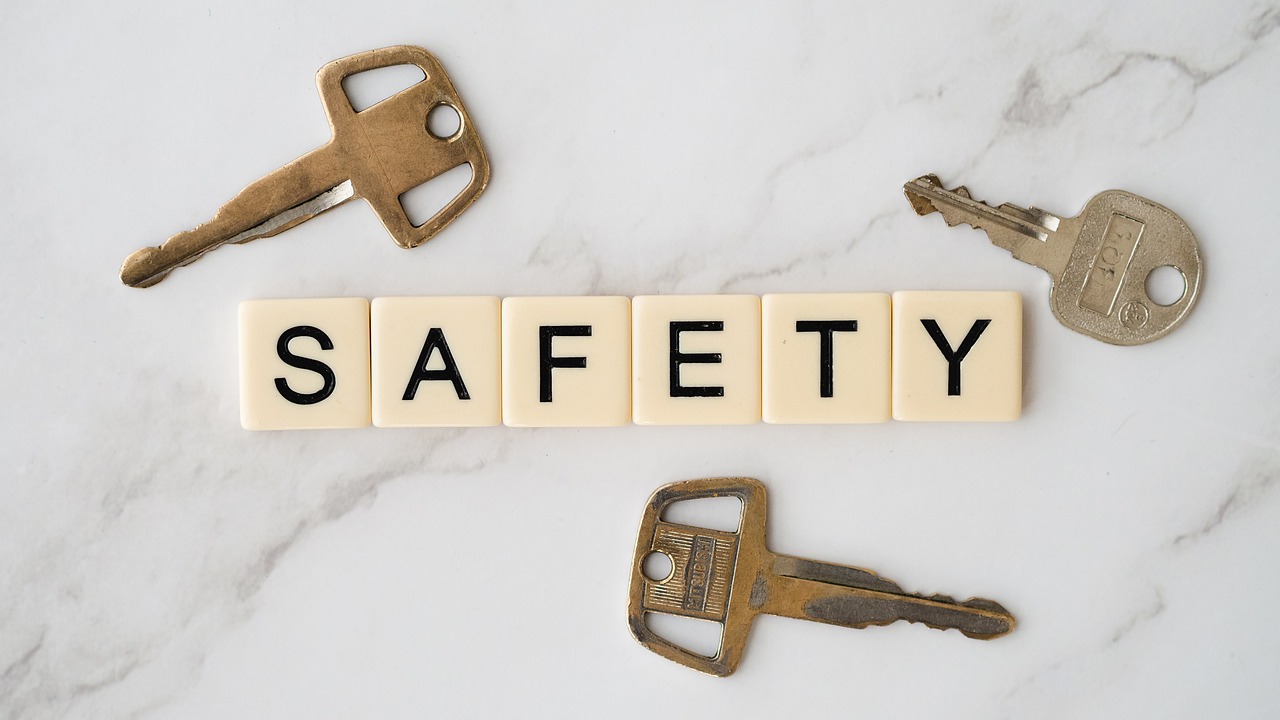
Using Extension Cords
Extension cords are often lifesavers in our homes, providing that extra reach we need for our heating devices. However, while they offer convenience, they can also introduce significant risks if not used properly. Imagine trying to cozy up in your living room with a space heater, only to find that the cord is too short to reach the outlet. It’s tempting to grab an extension cord, but hold on! Before you plug in, let’s dive into some essential safety practices.
First and foremost, it’s crucial to choose the right type of extension cord for your heating device. Not all cords are created equal! Look for cords that are rated for the power your heater requires. This information is typically found on the device itself, often on a label located near the power cord. Using an under-rated extension cord can lead to overheating, which is a major fire hazard. For instance, if your heater draws 1500 watts, ensure your extension cord can handle at least that much.
Another key point to remember is the length of the extension cord. Longer cords can increase resistance and heat buildup, which can be dangerous. Ideally, use the shortest extension cord necessary to reach your outlet. A good rule of thumb is to keep the cord length under 25 feet when using it for heating devices. This minimizes the risk of overheating while still providing the reach you need.
Additionally, never daisy-chain extension cords or plug multiple high-wattage devices into a single cord. This practice can lead to overheating and potentially cause a fire. Instead, if you find yourself in need of multiple devices, consider installing additional outlets or using a power strip with built-in surge protection designed for high-wattage devices. It's always better to be safe than sorry!
Lastly, be vigilant about inspecting your extension cords regularly. Look for signs of wear and tear, such as frayed wires or damaged plugs. If you spot any issues, it’s best to replace the cord rather than risk a malfunction. Remember, extension cords should never be used as a permanent solution; they are intended for temporary use. So, when you’re done heating up your space, unplug the cord and store it safely away.
In summary, while extension cords can be incredibly useful, their improper use can lead to serious safety hazards. By selecting the right cord, keeping it short, avoiding overloading, and regularly inspecting it, you can significantly reduce the risks associated with heating devices. Stay warm, stay safe!
- Can I use a regular extension cord with my space heater?
No, it's essential to use an extension cord rated for high wattage to avoid overheating and fire hazards. - What is the maximum length for an extension cord used with heating devices?
Ideally, keep the length under 25 feet to minimize the risk of overheating. - Is it safe to plug multiple devices into one extension cord?
No, avoid daisy-chaining extension cords or plugging multiple high-wattage devices into a single cord. - How often should I check my extension cords?
Regularly inspect your extension cords for any signs of wear and tear, and replace them if necessary.
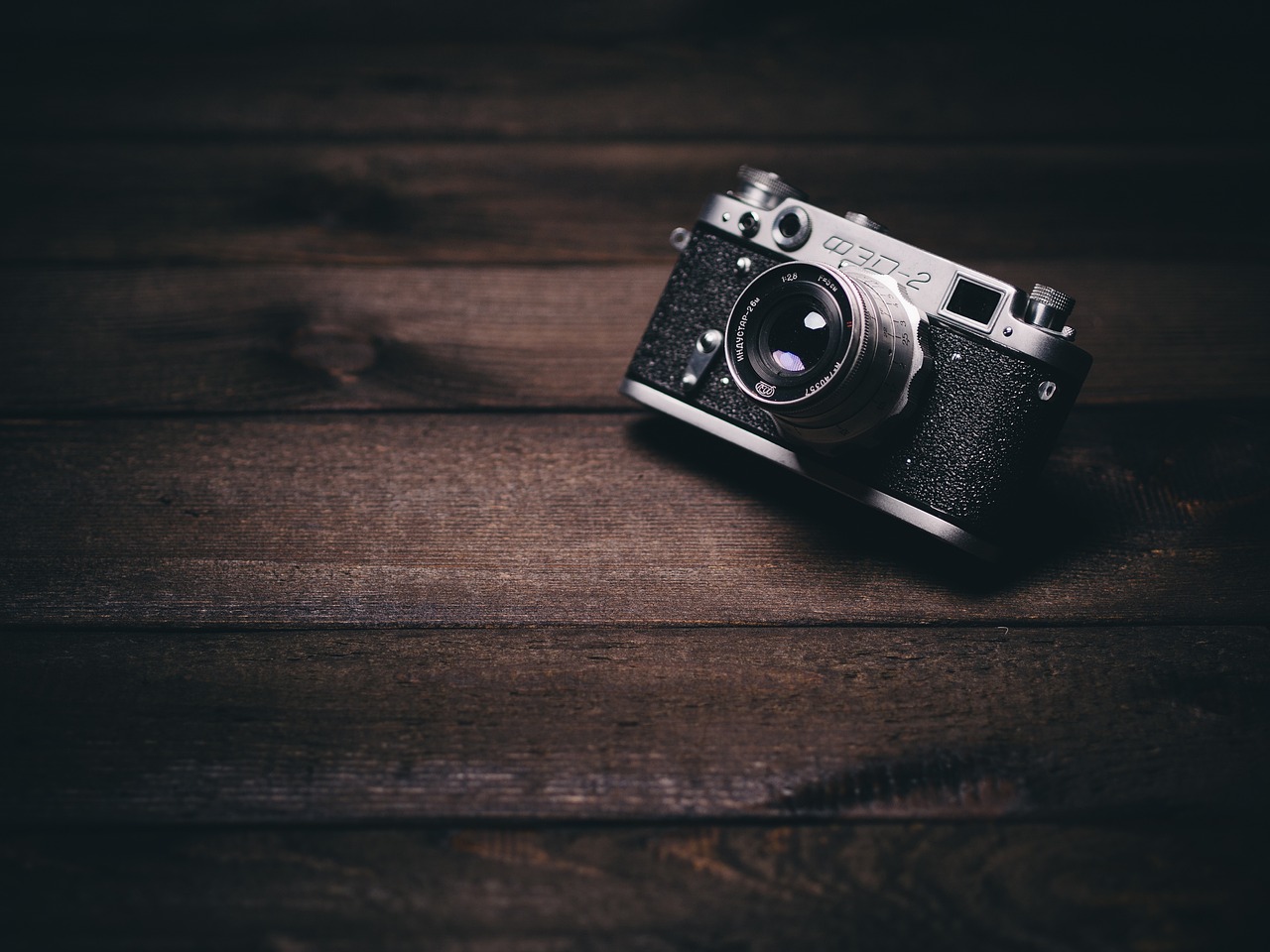
Placement Considerations
When it comes to ensuring the safe use of heating devices in your home, placement is key. The location of your heaters, electric blankets, or radiators can significantly impact both their efficiency and safety. Think of it like setting up a cozy campfire; you want to enjoy the warmth without the risk of sparks flying out and causing trouble. So, where should you place these devices to create a warm, inviting atmosphere while minimizing hazards?
First and foremost, always keep your heating devices away from flammable materials. This includes anything from curtains and furniture to paper and clothing. A good rule of thumb is to maintain a distance of at least three feet between your heater and any potential fire hazards. Imagine a protective bubble around your heating device; this space is essential for preventing accidental fires.
Next, consider the flooring in the room. If you have carpet, be cautious with space heaters. They can overheat and pose a greater risk on soft surfaces. Instead, place them on a hard, flat surface where they can get adequate airflow. This not only helps in maintaining the heater's efficiency but also reduces the risk of overheating.
Another crucial factor is air circulation. Make sure that your heating device is not obstructed by furniture or other objects. Just like a plant needs light to grow, your heating device needs air to function effectively. Obstructions can lead to uneven heating and increase the risk of overheating, which could potentially trigger a fire.
In addition, be mindful of where you position your electric blankets or heated throws. Always place them on a flat surface and avoid folding them while in use, as this can cause overheating. If you’re using them on a bed, ensure that they are spread out evenly and not tucked in tight, allowing for proper heat distribution.
For those using radiators, consider installing them in areas where they can heat the room evenly. Corners are often cold spots, so positioning radiators along exterior walls can help maintain a comfortable temperature throughout the space. It’s like placing a warm hug around your room, ensuring that every corner feels the love.
Lastly, if you're using portable heaters, make sure to place them in a location where they won't be easily knocked over. This could mean avoiding high-traffic areas or placing them on stable surfaces. Think of it as setting up a delicate sculpture; you want it to be seen and appreciated but not at risk of being bumped into!
In summary, the placement of heating devices is not merely a matter of convenience; it’s an essential aspect of ensuring safety in your home. By keeping a safe distance from flammable materials, ensuring proper airflow, and avoiding high-traffic areas, you can enjoy a warm and cozy environment without unnecessary risks.
- What is the safest distance to keep heating devices from flammable materials?
It's best to keep a distance of at least three feet from any flammable materials. - Can I use a space heater on carpet?
It's not recommended to use space heaters on carpet as they can overheat. Always place them on hard, flat surfaces. - How can I ensure proper air circulation around my heater?
Make sure there are no obstructions like furniture or curtains blocking the heater to allow for adequate airflow. - Is it safe to use electric blankets while sleeping?
Yes, but ensure they are spread out evenly and not folded to prevent overheating.
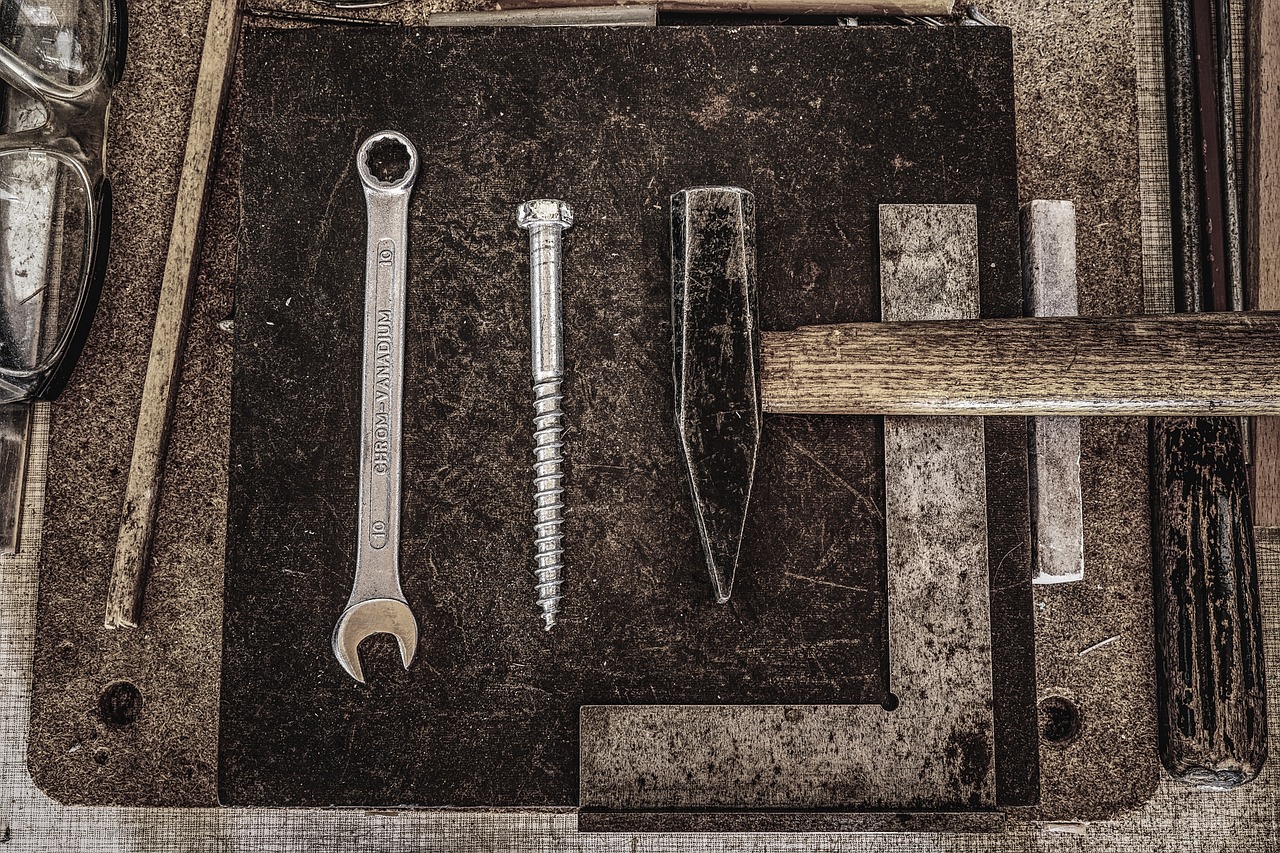
Regular Maintenance
When it comes to ensuring the safety and efficiency of your heating devices, is not just a suggestion; it’s a necessity. Think of it as a health check-up for your home’s heating system. Just like you wouldn’t ignore a persistent cough, you shouldn’t overlook the signs of wear and tear in your heating devices. Regular maintenance helps to identify potential issues before they escalate into serious hazards, keeping your home warm and safe during the chilly months.
One of the first steps in maintaining your heating devices is to create a maintenance schedule. This schedule should include periodic checks and servicing based on the type of heating equipment you use. For instance, space heaters might require a different approach compared to central heating systems. Here’s a quick overview:
| Heating Device | Maintenance Frequency | Key Maintenance Tasks |
|---|---|---|
| Space Heaters | Monthly | Clean filters, check for dust buildup, inspect cords |
| Radiators | Seasonally | Bleed radiators, check for leaks, ensure vents are clear |
| Electric Blankets | Before Use | Inspect for damage, wash according to instructions |
By adhering to this schedule, you can proactively prevent many common issues. For example, dust accumulation in space heaters can lead to overheating, which is a fire risk. Regularly cleaning the filters and ensuring that the heater is free from obstructions can mitigate this risk significantly. Additionally, if you notice any strange noises or smells coming from your heating devices, don't ignore them. These could be warning signs that something is amiss, and it’s best to consult a professional to avoid potential accidents.
Another critical aspect of maintenance is to ensure that your heating devices are properly stored when not in use. For instance, electric blankets should be folded neatly and stored in a cool, dry place to prevent damage. Space heaters should be unplugged and stored away from flammable materials. Taking these small steps can prolong the lifespan of your heating devices and keep your home safe.
In addition to personal checks, consider scheduling a professional inspection at least once a year. A qualified technician can perform a thorough examination of your heating system, ensuring that everything is functioning correctly and identifying any potential hazards you might have missed. This is especially important for gas-powered heating devices, as they pose unique risks if not maintained properly.
In summary, regular maintenance of your heating devices is essential for safety and efficiency. By following a structured maintenance schedule, staying alert to warning signs, and seeking professional help when necessary, you can enjoy a warm and secure home. Remember, a little effort goes a long way in preventing accidents and ensuring comfort during the colder months!
- How often should I maintain my heating devices? It varies by device, but generally, monthly checks and annual professional inspections are recommended.
- What are the signs that my heating device needs maintenance? Look out for unusual noises, smells, or if the device is not heating effectively.
- Can I do maintenance myself? Yes, basic maintenance like cleaning filters and checking for obstructions can be done by homeowners, but professional help is advisable for complex issues.
- What should I do if I detect a gas leak? Evacuate the area immediately and contact your gas company or emergency services.
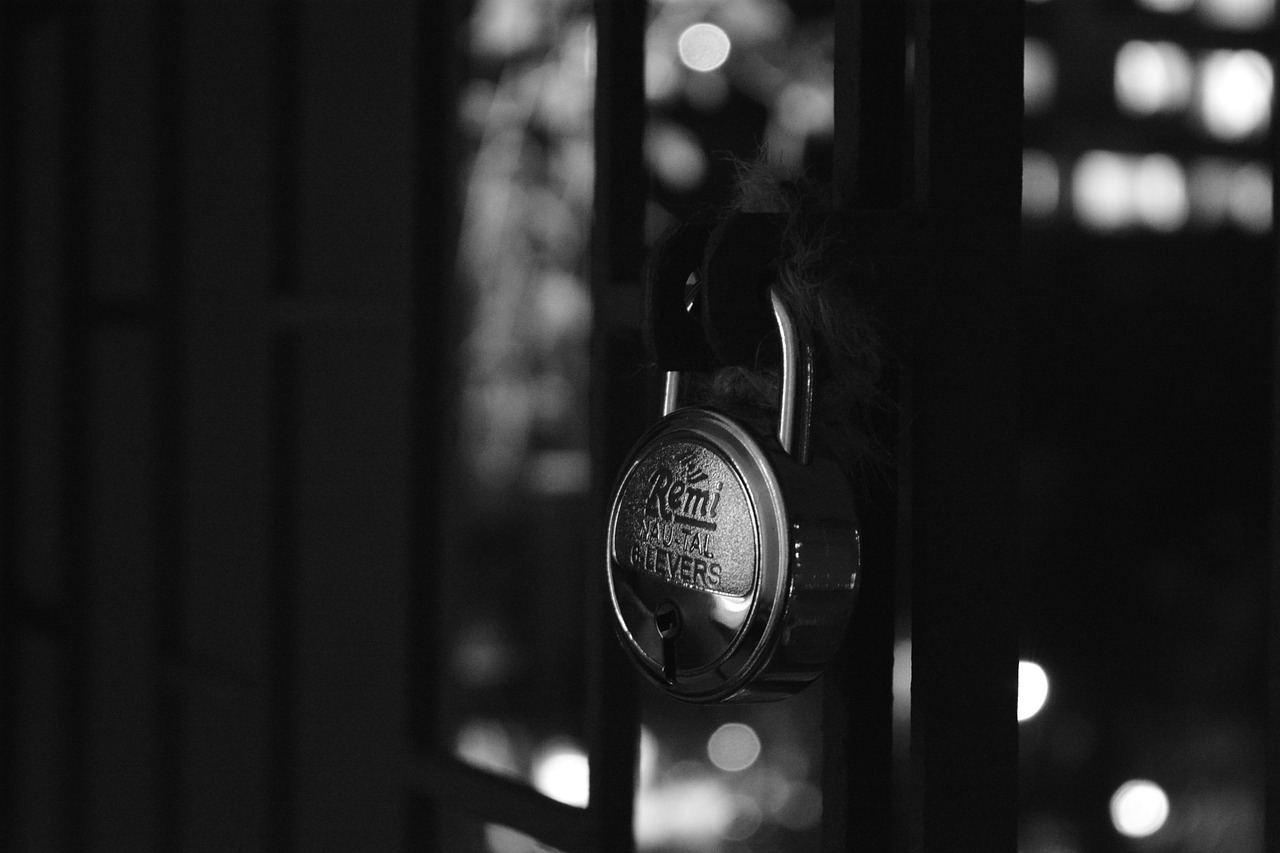
Emergency Preparedness
When it comes to using heating devices at home, being prepared for emergencies is not just a good idea—it's a necessity. Imagine waking up in the middle of a cold winter night, only to find your heater malfunctioning or, worse, causing a fire. It’s a chilling thought, isn’t it? To ensure you and your loved ones stay safe, having an emergency plan in place is crucial. This plan should outline what to do in the event of a heating device failure, including knowing how to turn off power sources and having alternative heating options available.
One of the first steps in emergency preparedness is to gather essential supplies. Think of it as building your own safety net. Here’s a quick checklist of items you might want to keep handy:
- Flashlights and extra batteries
- First-aid kit
- Fire extinguisher
- Emergency blankets
- Non-perishable food and water
Additionally, it’s wise to have a communication plan. In case of a serious incident, knowing how to contact emergency services or loved ones can make all the difference. Consider designating a meeting point outside your home where everyone can regroup if you need to evacuate. This simple step can save precious time and keep everyone safe.
Now, let’s talk about the importance of smoke alarms and carbon monoxide detectors. These devices are not just optional extras—they are lifesavers. Smoke alarms should be installed in every bedroom, outside each sleeping area, and on every level of your home. Meanwhile, carbon monoxide detectors should be placed near sleeping areas to alert you to dangerous levels of this colorless, odorless gas. Regularly check these devices to ensure they are functioning properly; after all, a dead battery won’t help you in an emergency!
Recognizing warning signs of potential hazards is also critical. If you notice unusual smells, flickering lights, or your heating device making strange noises, don’t ignore them. These could be signs that something is amiss. Have a plan to address these issues, whether that means turning off the device, calling a professional, or evacuating your home if necessary.
In summary, being prepared for emergencies related to heating devices is all about having a plan, gathering supplies, and staying vigilant. By taking these proactive steps, you can create a warm, safe environment in your home, even when the temperatures drop. Remember, the goal is to enjoy the comfort of your heating devices without sacrificing safety.
Q: What should I do if my heating device starts making strange noises?
A: If you hear unusual noises, it's best to turn off the device immediately and consult a professional. Strange sounds can indicate that something is wrong, and it’s better to be safe than sorry.
Q: How often should I check my smoke alarms and carbon monoxide detectors?
A: You should test your smoke alarms and carbon monoxide detectors at least once a month. Replace the batteries at least once a year and the entire unit every 10 years.
Q: What are the signs that my heating device may be malfunctioning?
A: Look for signs such as inconsistent heating, unusual smells, flickering lights, or the device shutting off unexpectedly. If you notice any of these, it’s time to take action.
Q: Is it safe to use extension cords with heating devices?
A: Generally, it’s best to avoid using extension cords with heating devices due to the risk of overheating. If you must use one, ensure it is rated for the wattage of the device and that it is in good condition.
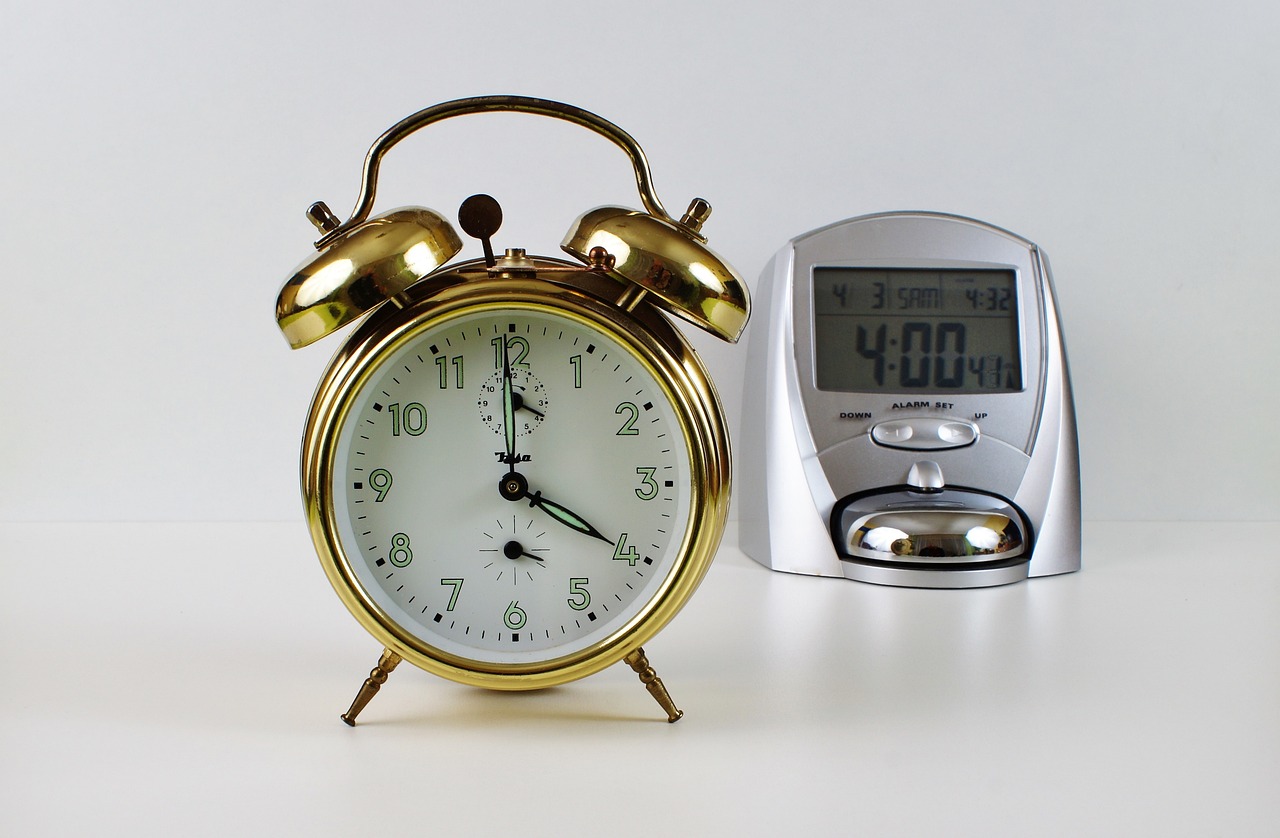
Smoke Alarms and Carbon Monoxide Detectors
When it comes to keeping your home safe, smoke alarms and carbon monoxide detectors are your first line of defense. Imagine cozying up in your living room during a chilly winter night, only to be jolted awake by the alarming sound of a smoke detector. That shrill noise isn’t just annoying; it’s a lifesaver! These devices are designed to alert you to danger before it becomes a disaster.
Smoke alarms work by detecting smoke particles in the air, which typically indicate a fire. They come in various types, including ionization and photoelectric alarms. Ionization alarms are best for detecting flaming fires, while photoelectric alarms excel at sensing smoldering fires. For optimal safety, it’s recommended to have both types installed in your home. But remember, a smoke alarm is only effective if it’s properly installed and maintained. Regularly test your alarms and replace the batteries at least once a year.
Now, let’s talk about carbon monoxide detectors. Carbon monoxide (CO) is a colorless, odorless gas that can be produced by faulty heating devices, such as gas furnaces or stoves. This gas is particularly dangerous because it can cause poisoning without any warning signs. Installing CO detectors in your home is not just a good idea; it’s essential. Place them near sleeping areas and on every level of your home. Just like smoke alarms, these devices need regular testing and battery changes to ensure they function correctly.
To give you a clearer picture of the differences and importance of these devices, here’s a quick comparison:
| Device Type | Function | Installation Location |
|---|---|---|
| Smoke Alarm | Detects smoke from fires | Inside bedrooms, hallways, and on every floor |
| Carbon Monoxide Detector | Detects dangerous CO levels | Near sleeping areas and on every level |
In summary, having both smoke alarms and carbon monoxide detectors in your home is not just a precaution; it’s a necessity. They are your safety net, giving you peace of mind while you enjoy the warmth of your heating devices. Remember, these devices are only effective if they are properly maintained, so make it a habit to check them regularly. After all, being proactive is the best way to ensure a safe and comfortable living environment during those cold months.
- How often should I test my smoke alarms? It’s recommended to test them monthly and replace the batteries at least once a year.
- Where should I install my carbon monoxide detectors? Place them near sleeping areas and on every level of your home for maximum safety.
- What should I do if my smoke alarm goes off? Evacuate the premises immediately and call emergency services. Investigate only if it’s safe to do so.
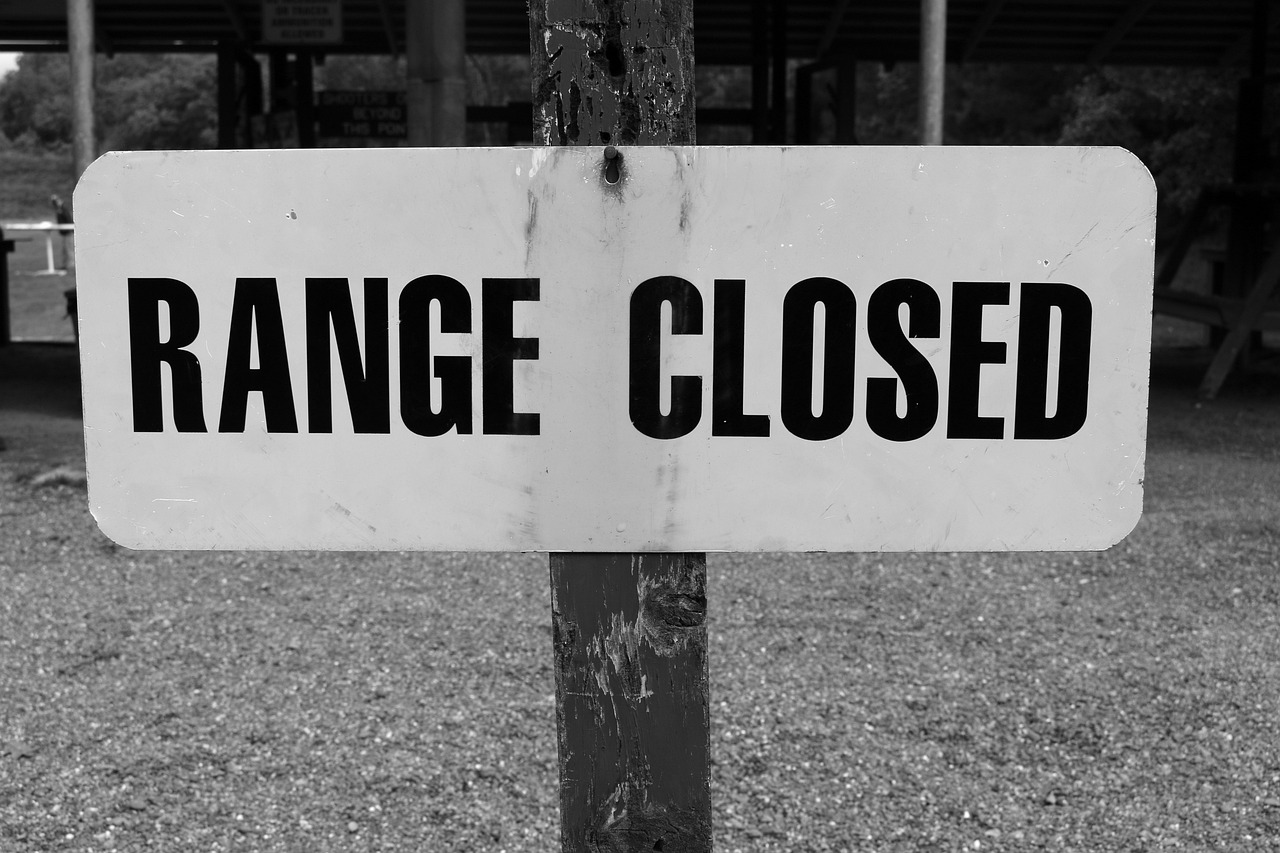
Recognizing Warning Signs
When it comes to heating devices, being proactive can save lives and property. Recognizing the warning signs of potential hazards is crucial for maintaining a safe home environment. Just like a car's dashboard lights up to alert you of issues, your heating devices can give off signals that something isn't quite right. Ignoring these signs can lead to dangerous situations, including fire hazards or carbon monoxide leaks. So, what should you be on the lookout for?
One of the first signs to watch for is unusual noises. If your heater starts making strange sounds like popping, crackling, or buzzing, it could indicate a mechanical issue or that something is obstructing its operation. Think of it as your heater's way of saying, "Hey, I need some attention!"
Another important sign is burning smells. While it’s normal for a new heater to emit a slight odor when first used, a persistent burning smell could indicate that something is overheating or that there’s dust buildup. If you notice this, it’s best to turn off the device and inspect it. Leaving a heater running under these conditions is like driving a car with the engine light on—it's a risk you don't want to take!
Temperature fluctuations can also be a red flag. If your heater is unable to maintain a consistent temperature or if certain areas of your home remain cold despite the heater running, it might be struggling to function properly. This inconsistency can be a sign of a malfunctioning thermostat or an inefficient unit. You wouldn’t ignore a car that keeps stalling, right? The same logic applies here.
Additionally, keep an eye out for signs of excessive heat around the unit. If the heater itself feels excessively hot to the touch or if nearby objects are getting uncomfortably warm, this could indicate a serious issue. It’s essential to maintain a safe distance between your heating devices and any flammable materials. A good rule of thumb is to keep at least three feet of clearance around your heater, just as you would keep a safe distance from an open flame.
Lastly, pay attention to malfunctioning controls. If your heater's controls become unresponsive or if the indicator lights are flickering, it could be a sign of electrical issues. This situation can escalate quickly, so it’s crucial to address it immediately. Think of it like a warning light on your dashboard; you wouldn’t ignore it, would you?
In summary, being vigilant and recognizing these warning signs can help you prevent potential disasters. If you notice any of these indicators, it’s important to act quickly. Turn off the device, unplug it if possible, and consult a professional for a thorough inspection. Remember, safety first!
- What should I do if I notice a burning smell from my heater?
Turn off the heater immediately and inspect it for any obstructions or dust buildup. If the smell persists, contact a professional. - How often should I check my heating devices for warning signs?
Regular checks are advisable, especially at the beginning of the heating season. Make it a habit to inspect your devices monthly. - What are the signs that I need to replace my heating device?
Frequent malfunctions, excessive noise, and an inability to heat your space effectively are all indicators that it may be time for a replacement.
Frequently Asked Questions
- What are the safest heating devices to use at home?
When it comes to safety, electric heaters with built-in safety features like tip-over protection and overheat shut-off are excellent choices. Radiant heaters and infrared heaters can also be safe if used properly. Always check for certifications like UL or ETL to ensure the device meets safety standards.
- How can I ensure my heating devices are installed safely?
Proper installation is key! Always follow the manufacturer's instructions. Make sure to keep heaters at least three feet away from flammable materials, and never use an extension cord unless specified by the manufacturer. If you're unsure, consider hiring a professional for installation.
- Is it safe to use extension cords with heating devices?
Using extension cords with heating devices can be risky. If you must use one, ensure it is rated for the power your device consumes. Avoid running cords under rugs or furniture, as this can cause overheating. Ideally, plug your heater directly into a wall outlet for maximum safety.
- What maintenance do heating devices require?
Regular maintenance is crucial for safe operation. Clean your heaters regularly to prevent dust buildup, which can cause overheating. Check for any frayed wires or signs of wear. Schedule a professional inspection annually for devices like furnaces or boilers to ensure they're running efficiently.
- How can I prepare for emergencies related to heating devices?
Prepare an emergency plan that includes having a fire extinguisher nearby and knowing how to turn off your heating devices. Keep a supply of flashlights, batteries, and blankets in case of power outages. Regularly check smoke alarms and carbon monoxide detectors to ensure they are functioning properly.
- What are the warning signs that a heating device may be malfunctioning?
Be on the lookout for unusual smells, strange noises, or if the device is producing less heat than usual. If you notice any flickering lights or tripped breakers when the device is in use, it may indicate a problem. Always err on the side of caution and disconnect the device if you suspect a malfunction.
- How often should I check my smoke alarms and carbon monoxide detectors?
It's best to check your smoke alarms and carbon monoxide detectors at least once a month. Replace the batteries twice a year and replace the units themselves every 10 years. This simple maintenance can save lives by ensuring your home is safe from fire and carbon monoxide threats.



